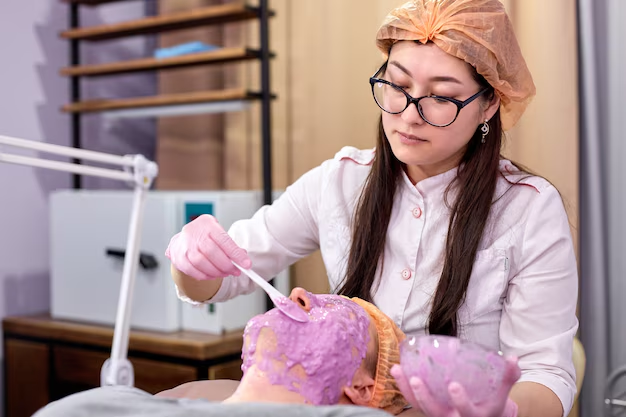How to Become a Facialist: Essential Degrees, Certifications, and Licenses
Embarking on a career as a facialist, also known as an esthetician, is an exciting endeavor that combines art, science, and personal care. To ensure a successful start, aspiring facialists must acquire the appropriate education and credentials. Most states in the U.S. require facialists to obtain a license upon completing a state-approved cosmetology or esthetics program, which provides hands-on training and education in areas like skin analysis, facials, and hair removal techniques. Typically, these programs culminate in a diploma or certificate that sets the foundation for a professional esthetician license.
Beyond the required license, pursuing additional certifications can enhance a facialist’s expertise and marketability. Specialized training in areas such as microdermabrasion, chemical peels, and advanced skincare treatments can distinguish professionals in a competitive field. Moreover, staying abreast of industry trends and continuous education through accredited institutions is pivotal as skincare techniques and technologies evolve.
Important Credentials for Facialists:
-
🎓 State-Approved Esthetics Program
- Provides foundational education and training
- Often results in a diploma or certificate
-
📜 Esthetician License
- Required in most states
- Requires passing a written and practical exam
-
🎖️ Advanced Certifications
- Microdermabrasion
- Chemical peels
- Specialized skincare treatments
-
📚 Continuing Education
- Stay updated with industry trends and techniques
- Offered by accredited educational institutions
